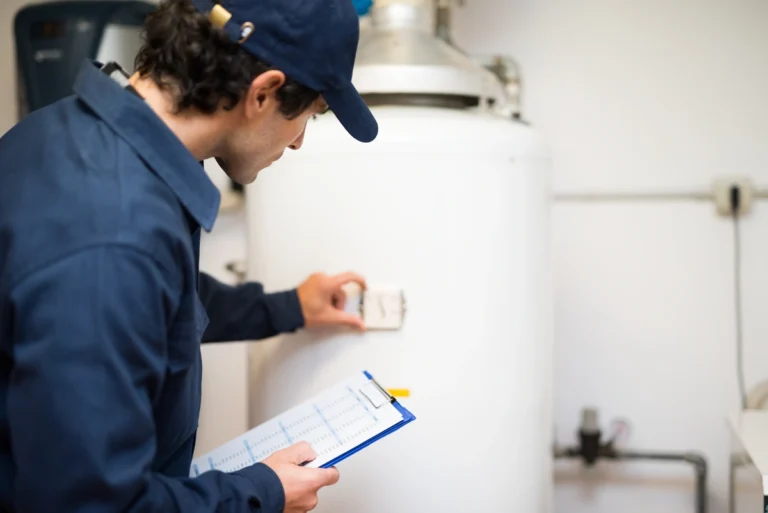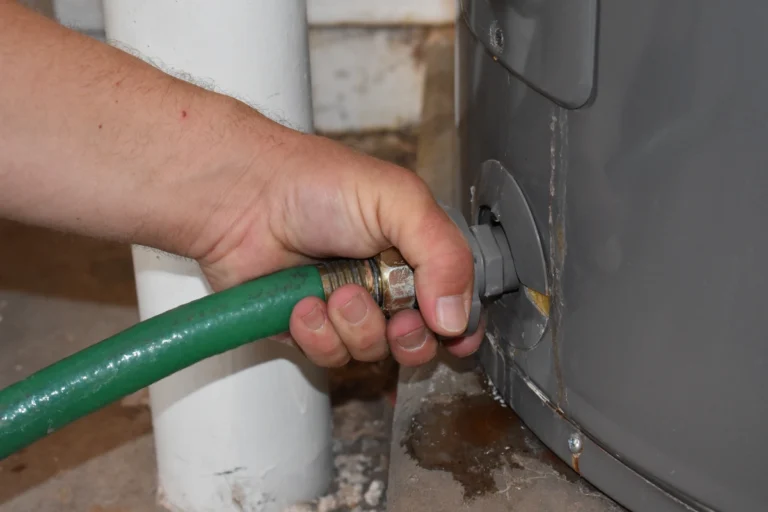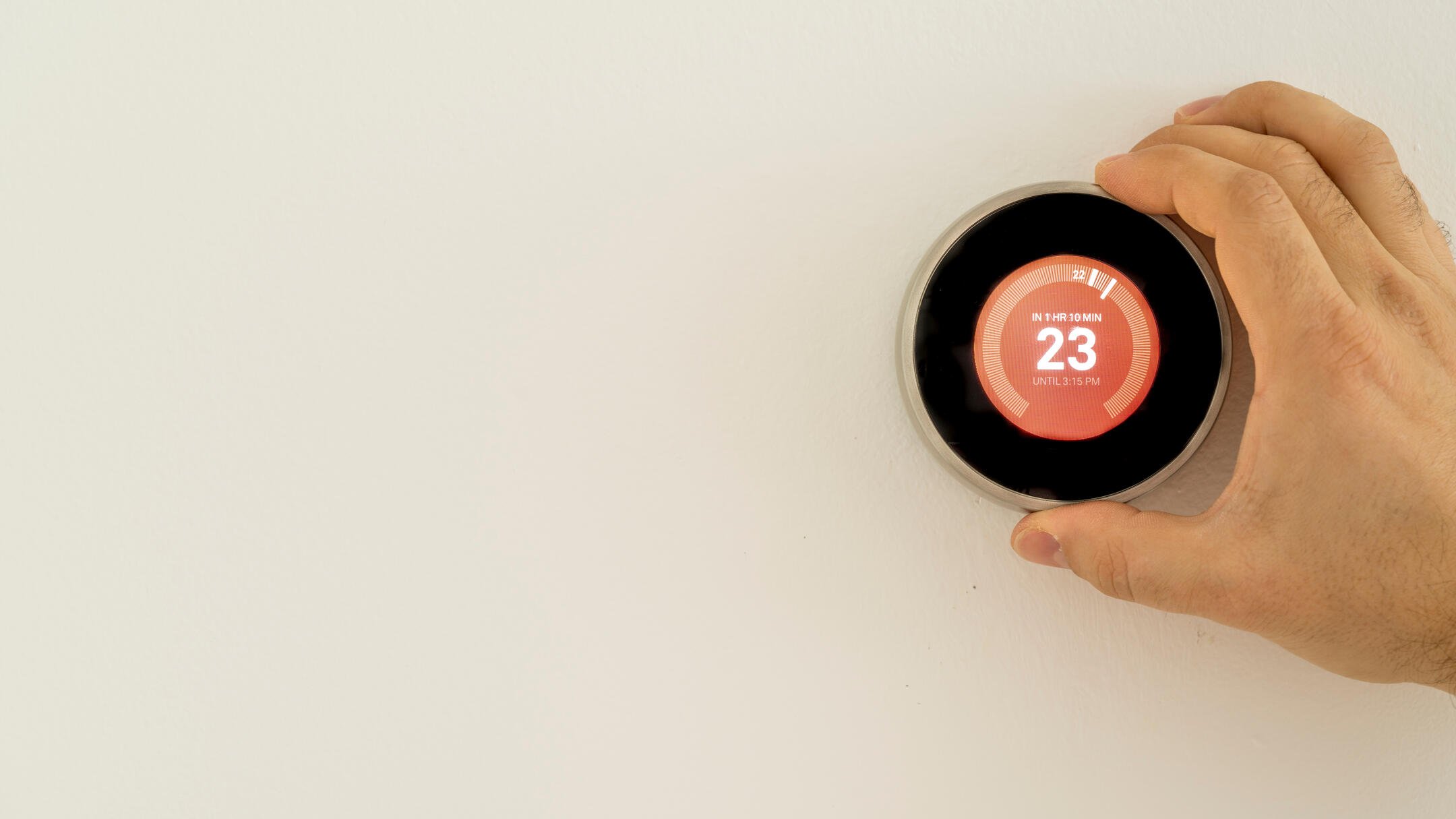
Thermostats are essential for maintaining a comfortable home environment. However, if they’re not properly calibrated, they can lead to uneven temperatures and higher energy bills. This guide will help you understand how to calibrate a thermostat effectively, including:
- Understanding Your Thermostat
- 6 Step Guide to Calibrating Your Thermostat
- Choosing the Right Thermostat for Your Home
- Professional Help vs. DIY Calibration
🤔 Understanding Your Thermostat
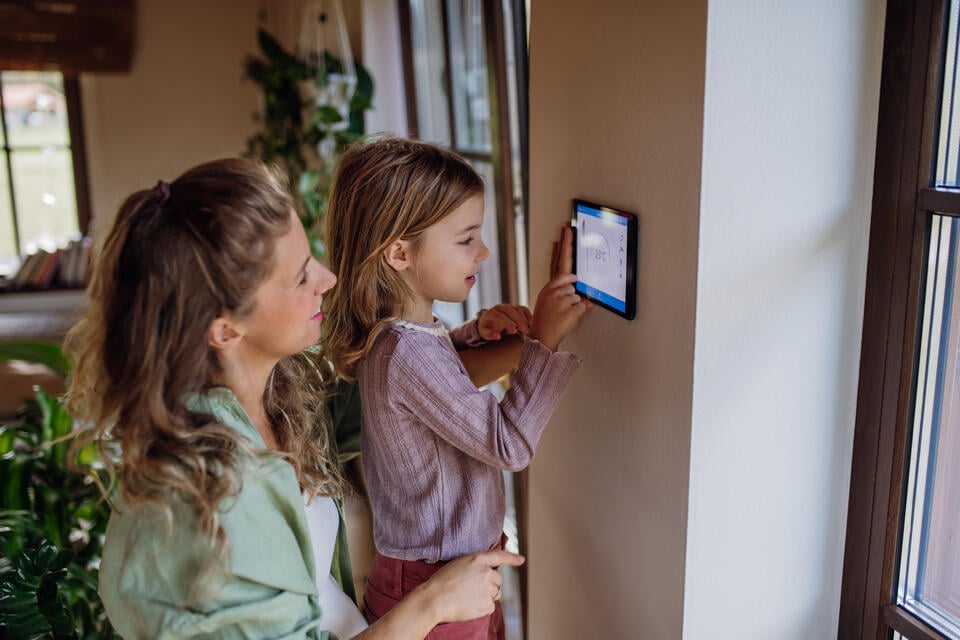
Thermostats come in various types, including manual, programmable, and smart thermostats. Each type has its unique features and benefits. Understanding how your specific thermostat works is crucial before attempting to calibrate it. Manual thermostats are the most straightforward and require you to set the temperature manually. Programmable thermostats allow you to set different temperatures for different times of the day, while smart thermostats can be controlled remotely and adjust settings based on your habits. Knowing your thermostat’s type will help you follow the correct calibration steps and ensure accurate temperature control.
Why Calibration is Important
Calibration ensures that your thermostat accurately reflects your home’s temperature. An uncalibrated thermostat can result in inconsistent heating or cooling, leading to discomfort and increased energy costs. Accurate calibration helps maintain a consistent temperature, improving energy efficiency and comfort. It also prolongs the lifespan of your HVAC system by reducing the strain caused by incorrect settings. Regular calibration checks can prevent these issues and keep your home comfortable year-round.
Benefits of a Well-Calibrated Thermostat
A well-calibrated thermostat offers several benefits, including:
- Improved comfort
- Energy efficiency
- Cost savings
- Ensures optimal operation of HVAC system, reducing wear and tear
- Provides consistent temperature control, enhancing indoor air quality
- Prevents hot or cold spots
- Contributes to lower energy bills by avoiding unnecessary heating or cooling
- Regular calibration checks help maintain a comfortable home environment
👉 6 Step Guide to Calibrating Your Thermostat

Calibrating your thermostat is crucial for ensuring accurate temperature control in your home, which directly impacts comfort and energy efficiency. Proper calibration can help reduce energy costs and maintain a consistent environment, enhancing both your comfort and the longevity of your HVAC system.
Before you begin calibrating your thermostat, gather the necessary tools:
- A reliable thermometer: to compare the actual room temperature with your thermostat’s display.
- A screwdriver: essential for accessing the thermostat’s internal components.
- Your thermostat’s manual: provides specific instructions for your model, making the calibration process smoother.
1. Turn Off Your HVAC System
Before starting the calibration process, it’s crucial to turn off your HVAC system. This step is vital for safety, as it prevents any accidental activation of the system while you’re working on the thermostat. Additionally, turning off the system ensures that you can focus on the calibration without any interruptions or fluctuations in temperature that could affect your readings.
2. Remove the Thermostat Cover
Using a screwdriver, carefully remove the cover of your thermostat. Take your time with this step to avoid damaging any components. The cover usually snaps off or is secured with screws, so make sure to keep track of any screws you remove. Once the cover is off, you’ll have direct access to the internal components of the thermostat, allowing you to proceed with the calibration process.
3. Compare Temperatures
To begin the calibration, place a reliable thermometer next to your thermostat and allow it to sit for a few minutes to stabilize. This is important because ambient temperature can fluctuate slightly in the room. After a few minutes, compare the reading on the thermometer with the display on your thermostat. This comparison will help you determine if there is a significant discrepancy between the actual temperature and what your thermostat is reading.
4. Adjust the Calibration Screw
If you notice a difference between the thermometer reading and the thermostat display, it’s time to adjust the calibration screw. Typically found on the internal mechanism of the thermostat, this screw is designed to help align the temperature readings. Use a small screwdriver to turn the screw slightly—clockwise usually increases the temperature reading, while counterclockwise decreases it. Make small adjustments and frequently check the thermometer until the readings match as closely as possible.
5. Reassemble the Thermostat
After achieving a match between the thermometer and thermostat readings, it’s time to put everything back together. Carefully replace the thermostat cover, ensuring that it fits securely. If the cover is held in place with screws, make sure to tighten them gently to avoid stripping the holes. This step is essential to protect the internal components and maintain the integrity of the thermostat’s functionality.
6. Turn On Your HVAC System
Once the thermostat is reassembled, turn your HVAC system back on. It’s a good idea to set the thermostat to the desired temperature and monitor the environment for a little while. Keep an eye on how quickly the system responds and whether the temperature remains consistent with your settings. This monitoring period will help confirm that the calibration was successful and that your HVAC system is operating efficiently. If you notice any issues, you may need to revisit the calibration process.
👇 Choosing the Right Thermostat for Your Home
Selecting the right thermostat is crucial for effective temperature control and can significantly impact your home’s comfort and energy efficiency. When making your choice, consider several factors:
- Compatibility: Ensure the thermostat works seamlessly with your existing HVAC system. Not all thermostats are compatible with every system, so check specifications before purchasing.
- Ease of Use: Look for a user-friendly interface that allows for straightforward programming and adjustments. A touchscreen display or smartphone app can enhance convenience.
- Features: Programmable thermostats are great for those with a consistent schedule, allowing you to set temperatures for different times of the day. On the other hand, smart thermostats offer advanced features such as remote control via your smartphone, learning algorithms that adapt to your habits, and energy usage reports that help you optimize your settings.
- Energy Savings: Consider models that promote energy efficiency. Many smart thermostats can help lower your energy bills by optimizing heating and cooling based on your usage patterns.
Take the time to research various models and read customer reviews to ensure you find the best thermostat tailored to your home’s specific needs and your lifestyle. A well-chosen thermostat can lead to increased comfort and lower energy costs in the long run.
Common Issues and Troubleshooting Tips
Even a properly calibrated thermostat can occasionally cause issues that affect comfort and energy efficiency. Here are some of the most common problems homeowners face—and how to troubleshoot them effectively.
1. Inaccurate Temperature Readings
If your thermostat seems off by several degrees, it may be located in a poor spot. Avoid placing thermostats near heat sources (like lamps or direct sunlight), above vents, or in drafty hallways. These areas can mislead your thermostat and cause it to trigger your HVAC system unnecessarily.
2. Frequent System Cycling
Does your heating or cooling system turn on and off more than usual? This “short cycling” can be caused by:
- An improperly sized HVAC unit
- A dirty air filter
- A malfunctioning thermostat or temperature sensor
Short cycling not only reduces comfort but can also drive up energy bills and wear down equipment.
3. Unresponsive or Blank Display
If your thermostat doesn’t respond or has a blank screen, start with these quick checks:
- Replace the batteries
- Inspect the wiring connections (especially if it’s an older unit)
- Reset the device using the manufacturer’s instructions
If the display remains blank or buttons are unresponsive, the thermostat may need to be replaced.
4. General Troubleshooting Advice
Always refer to your thermostat’s user manual for model-specific troubleshooting steps. Most digital thermostats also have a reset or diagnostic function that can help pinpoint the issue.
Pro Tip: If your thermostat continues to act up after basic troubleshooting, it’s time to contact a licensed HVAC professional. Persistent issues may indicate a deeper problem with the system—not just the thermostat.
👨🔧 Professional Help vs. DIY Calibration
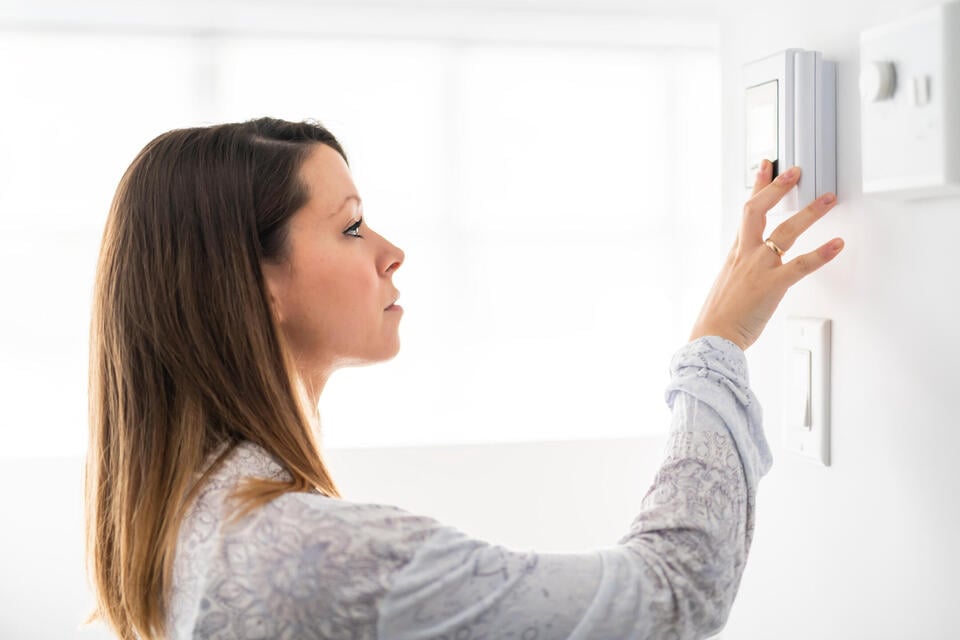
While DIY calibration is possible, seeking professional help guarantees both accuracy and efficiency. HVAC technicians are equipped with the expertise and specialized tools necessary to properly calibrate your thermostat, ensuring optimal performance.
Professional calibration involves a comprehensive inspection of your entire HVAC system, allowing for the identification of any underlying issues that could impact performance. This proactive approach not only enhances comfort but also contributes to energy savings, making it a worthwhile investment.
To maintain the longevity and efficiency of your thermostat and HVAC system, consider scheduling regular maintenance with a reputable HVAC company. This will help ensure your system runs smoothly and efficiently throughout the year, ultimately leading to a more comfortable living environment.
Maintaining Your Thermostat
Regular maintenance is essential for optimal thermostat performance:
- Clean the thermostat periodically to remove dust and debris that can affect its operation; this simple step can improve accuracy and responsiveness.
- Check the batteries regularly and replace them as needed for uninterrupted functionality.
- Verify that the thermostat is level and securely mounted on the wall to avoid inaccurate temperature readings and enhance overall efficiency.
- Schedule annual HVAC inspections to identify potential issues early, addressing them before they become costly problems and keeping both your system and thermostat functioning efficiently.
🙌 Expert Thermostat Calibration and HVAC Services by Thelen Plumbing, Heating, and Air
At Thelen Plumbing, Heating, and Air, we understand the importance of a well-calibrated thermostat for your home’s comfort and energy efficiency. Our team of experienced technicians provides expert calibration services, ensuring your thermostat operates accurately and efficiently.
We offer comprehensive HVAC services, including installation, maintenance, and repairs. Our commitment to quality craftsmanship and customer satisfaction makes us the trusted choice for homeowners in the Twin Cities and North West Metro areas. Ready to experience the benefits of a perfectly calibrated thermostat? Contact us today to schedule a service and join the many satisfied customers who rely on Thelen Plumbing, Heating, and Air for their HVAC needs.



